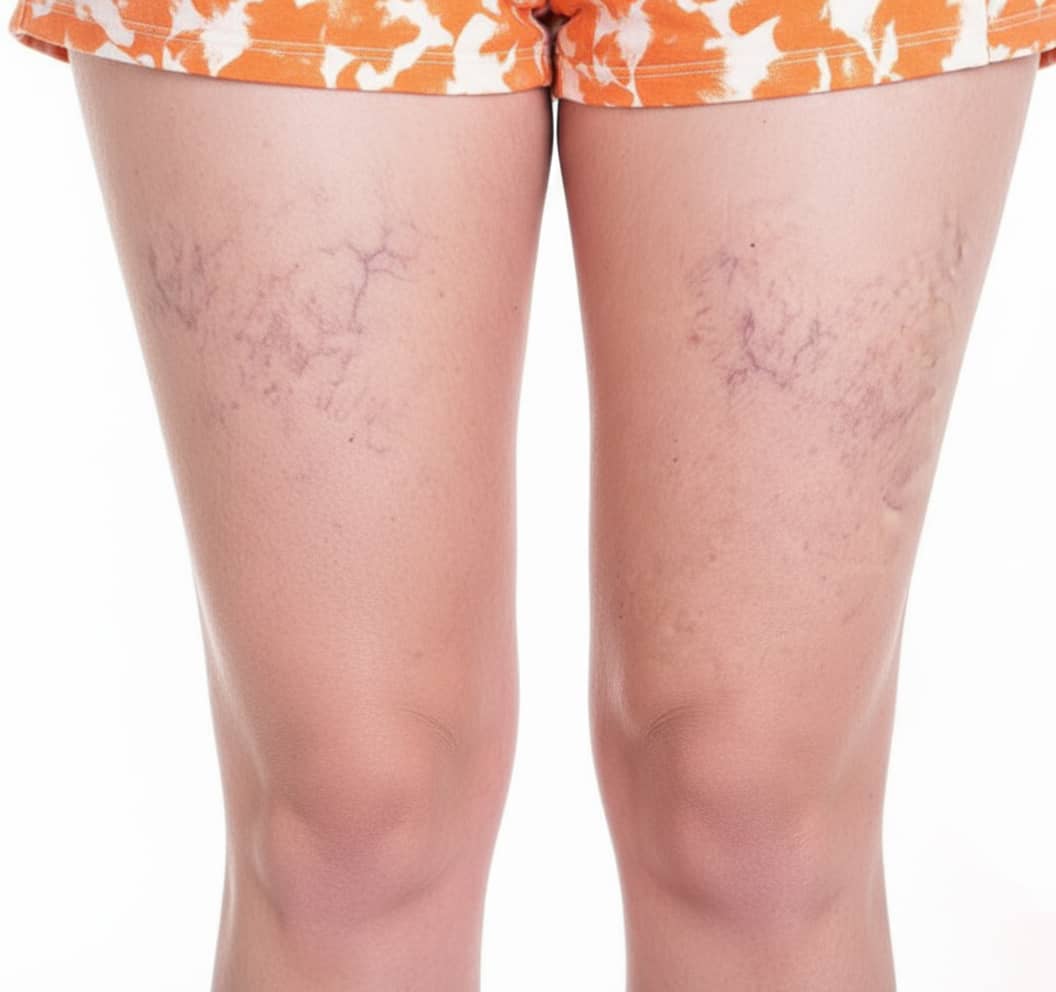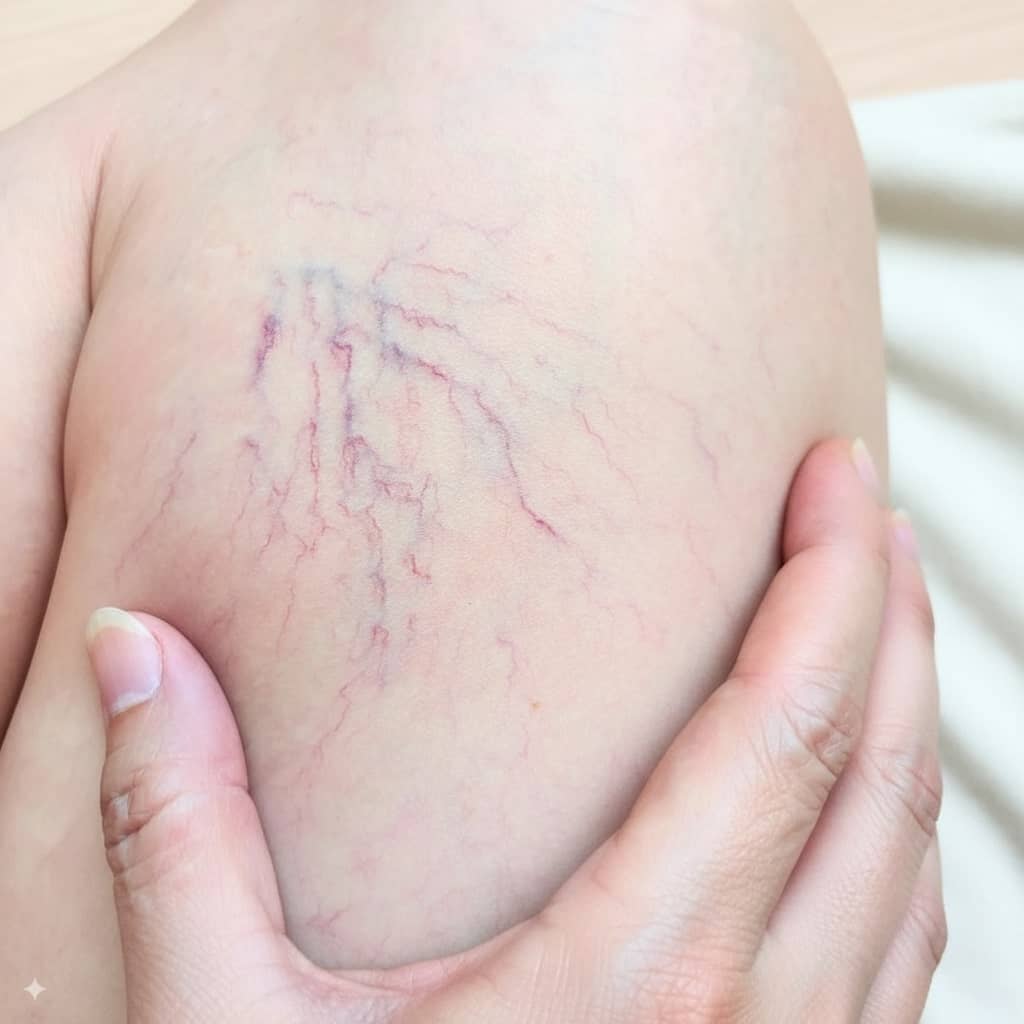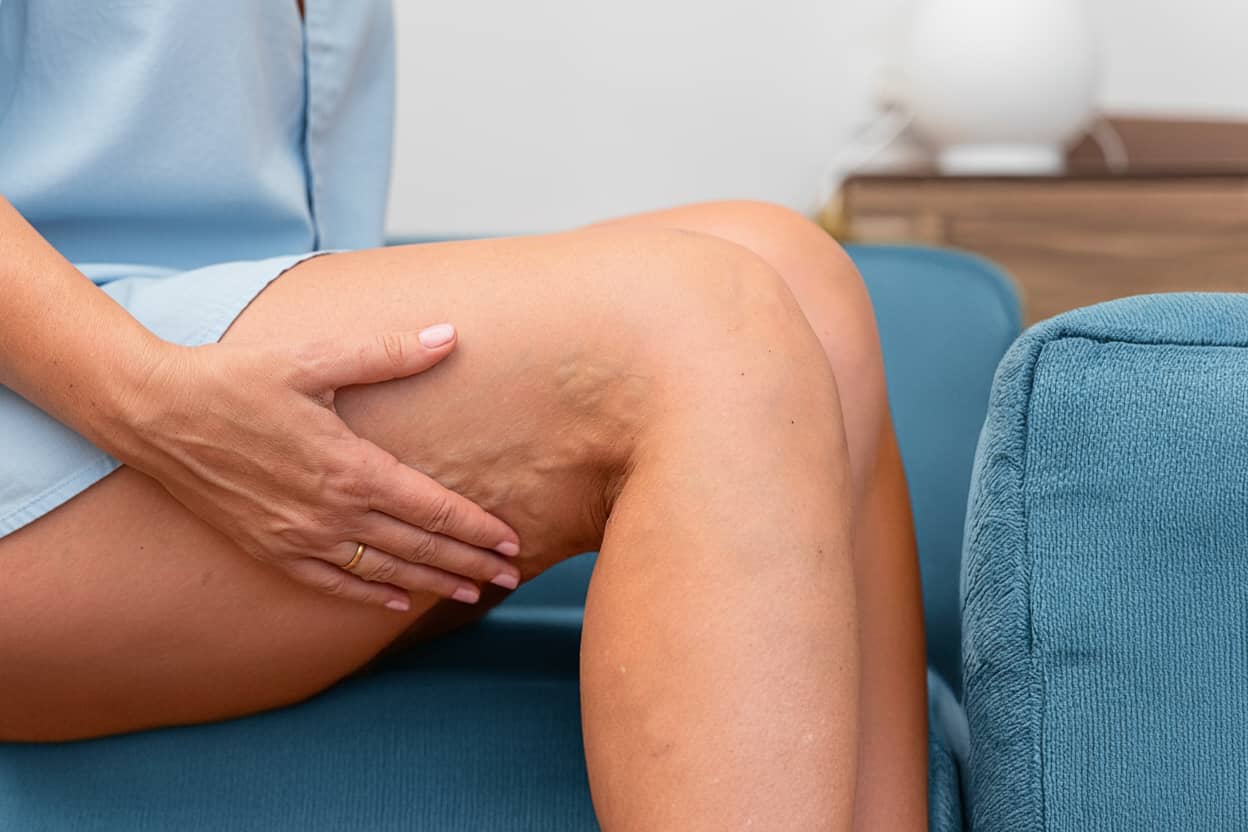Laser hair removal has become a popular choice for those seeking smooth, hair-free skin without the hassle of constant shaving or waxing. However, the journey to effortlessly silky skin doesn’t end the moment you leave the clinic; it only begins. Proper aftercare is crucial to ensure that your skin heals effectively and achieves the best results. Neglecting these steps can lead to unnecessary discomfort or prolonged side effects.
After treatment, your skin might react with redness or slight swelling—natural responses to the laser’s precision work. While these are generally mild and temporary, knowing how to care for treated areas will minimize irritation and speed up recovery. By understanding common post-treatment symptoms and employing strategic skincare practices, you can enhance both your comfort and outcomes significantly.
In this article, we’ll walk you through seven essential tips for laser hair removal aftercare designed by experts in dermatology. From choosing the right moisturizer to protecting your skin from sun exposure, our guide ensures you feel confident every step of the way. Dive in as we reveal practical advice and long-term strategies that promise not just a quick recovery, but sustained skin health and beauty.
Understanding Your Skin Post-Treatment
After undergoing a laser hair removal session, it’s crucial to recognize that your skin will exhibit heightened sensitivity. Essentially, the laser targets and heats hair follicles, which can cause temporary changes to the surrounding skin. This heightened sensitivity means that even daily activities, such as washing or applying makeup on the treated area, may lead to discomfort if not done carefully. Being aware of this can help guide your post-treatment care routine to ensure gentle handling of your skin in its more vulnerable state.
You might notice some immediate reactions following laser treatment, with redness and slight swelling being among the most common. These responses are similar to what you might experience after a mild sunburn. They are typical indicators that your body is beginning its natural healing process as it responds to the laser’s effects. While such reactions can be concerning at first glance, they generally do not last long. In most cases, these symptoms subside within a few hours to a couple of days after the procedure.
The timeframe for recovery varies from person to person, but understanding what is standard helps set realistic expectations. Generally, most clients find their skin feels back to normal within one week post-treatment. During this period, tenderness may persist slightly longer than visible redness or swelling as deeper layers of skin also heal. Monitoring your own body’s response and providing appropriate care during this time plays a fundamental role in facilitating smooth recovery while promoting healthier skin conditions for optimal results from future treatments.
Moisturizing Techniques for Healing
Following a laser hair removal session, your skin needs ample care to heal properly. One crucial aspect of this aftercare is moisturizing. Opt for gentle, fragrance-free moisturizers that are specifically formulated for sensitive skin. These products are designed to provide comfort and hydration without causing further irritation or adverse reactions. Ingredients like hyaluronic acid or glycerin can work wonders in replenishing the moisture barrier of your skin, aiding in its recovery process.
During the post-treatment phase, it’s essential to steer clear of products containing harsh chemicals such as alcohols or retinoids, which can exacerbate sensitivity and lead to irritation on treated areas. Be mindful when selecting skincare items; reading labels thoroughly will help you avoid any ingredients that could potentially harm your skin’s fragile post-laser state. Similarly, avoid heavy creams that may clog pores, leading instead towards lightweight lotions for consistent hydration without burdening the skin.
To maintain optimal skin hydration, establish a regular moisturizing routine immediately after treatment. Ideally, you should apply the moisturizer at least twice daily—once in the morning and once before bedtime—to ensure constant nourishment. If your skin feels particularly dry or tight during the day, feel free to reapply as needed; consistency is key in providing ongoing relief and support as your skin undertakes its healing journey. By making these hydrating practices part of your skincare ritual, you’ll be well-equipped to support smoother recovery outcomes over time.
Sun Protection Strategies
Following a laser hair removal treatment, your skin may be more susceptible to damage from UV rays. Therefore, using a high SPF sunscreen is essential when spending time outside, even if it’s briefly. Sunscreens with an SPF of 30 or higher provide adequate protection by creating a barrier against harmful ultraviolet light that can lead to hyperpigmentation and other issues in newly treated skin. Make it a habit to apply sunscreen daily on the treated areas, extending underneath clothing layers as UV rays can penetrate certain fabrics.
In addition to sunscreen, consider wearing protective clothing when heading outdoors post-treatment. Wide-brimmed hats, long-sleeved shirts, and trousers made from tightly woven fabric can shield sensitive skin from exposure. Choose garments that offer UPF (Ultraviolet Protection Factor) ratings for added reassurance. This proactive approach not only helps protect healing skin but also minimizes discomfort associated with potential sunburn.
Avoiding direct sun exposure is critical during the initial recovery phase after laser hair removal treatments. For optimal healing and to ensure the effectiveness of the treatment process, aim to stay out of the sun entirely for at least one week following each session. If avoiding sunlight isn’t feasible due to lifestyle reasons, seek shade whenever possible or utilize umbrellas as portable shield options while being mindful of reapplying sunscreen throughout the day. These precautions aid in preserving your results and maintaining healthy skin continuity over time.
Cooling and Soothing the Area
After undergoing laser hair removal, it’s not uncommon to experience some degree of discomfort due to the heat applied during the procedure. One of the most effective ways to alleviate this discomfort is by using ice packs or cool compresses on the treated areas. These cooling methods help reduce inflammation and soothe any irritation you may be experiencing. To get started, wrap an ice pack or a bag of frozen peas in a soft towel and gently apply it to the affected area for short intervals, around 10-15 minutes at a time. This can significantly ease any stinging sensations and minimize redness.
In addition to cold therapy, incorporating aloe vera into your skin’s post-laser care routine can provide further soothing benefits. Aloe vera is renowned for its ability to calm irritated skin thanks to its anti-inflammatory properties. A thin layer applied gently over the treated skin can work wonders in terms of relief and promoting healing without clogging pores or causing further irritation. Opting for specially-formulated lotions or gels featuring calming ingredients like chamomile or lavender can also be advantageous, offering gentle hydration while calming your senses.
For best results, incorporate these cooling techniques consistently in your aftercare regimen immediately following your treatment session. Cool compresses are particularly useful within the first 48 hours when discomfort is likely at its peak. However, as every individual’s response to laser treatments varies slightly, it’s important to remain attentive to how your skin reacts specifically. Listen closely—a little extra care with cooling measures may make all the difference in swift recovery and achieving perfectly smooth skin that’s more than ready for admiration once healed completely!
What to Avoid During Recovery
Proper aftercare is essential following a laser hair removal treatment, and knowing what activities to avoid can significantly impact your skin’s healing process. Firstly, it’s important to steer clear of hot showers, saunas, and rigorous physical activities during the initial recovery phase. Heat and sweat can exacerbate any irritation or swelling from the treatment, making these activities counterproductive. Instead, opt for cool or lukewarm showers that won’t agitate the sensitive skin further. Remember that engaging in strenuous exercise can increase circulation and body temperature, which might lead to additional redness or discomfort—it’s best to give your skin some time to settle down.
In addition to avoiding heat-based routines, it’s crucial not to wax or pluck hair from the treated areas between sessions. Laser treatments target hair follicles by exposing them to light energy that makes them inactive over time; pulling hair out at the root could interfere with this process. Shaving is acceptable because it only removes hair at the surface level without disrupting follicle status—just ensure you do it gently once your skin has adequately healed. This approach aligns with maintaining optimal results while keeping potential irritation at bay.
Lastly, patience is key when getting back into your usual skincare routine involving exfoliation or products containing active ingredients like retinol and alpha-hydroxy acids (AHAs). These substances can be too harsh on freshly treated skin, increasing sensitivity and possibly leading to adverse reactions. Give yourself about two weeks before gradually reintroducing exfoliating substances into your regimen. This waiting period allows time for new skin development over treated areas while minimizing risks—the pursuit of smoothness should always prioritize health above all else!
Recognizing When to Seek Professional Advice
After undergoing laser hair removal, it’s essential to understand the difference between normal post-treatment reactions and signs that warrant professional attention. While temporary redness or mild swelling are typical and should not cause alarm, there are certain symptoms that suggest you should consult with your treatment provider. For instance, if you notice severe blistering, persistent pain beyond a few days, or any signs of infection such as pus-filled bumps or prolonged oozing, these could indicate adverse reactions requiring medical intervention.
In the event you suspect any unusual side effects, promptly reaching out to your laser technician or dermatologist is critical. These professionals can provide expert insights into whether what you’re experiencing falls within expected parameters or requires an adjustment in aftercare strategy. They may recommend treatments to alleviate symptoms or even modify upcoming session plans to better suit your skin’s needs. It’s always beneficial to have direct contact information for a healthcare provider familiar with your specific treatment course who can offer timely advice.
Ensuring consistent follow-up with your treatment provider is not only crucial when issues arise but also plays a significant role in achieving optimal results from laser hair removal. Regular check-ins provide an opportunity to discuss any concerns and adjust ongoing procedures for maximum efficacy and comfort. By maintaining open communication channels with your healthcare team, you enhance both the quality of your recovery phase and the overall satisfaction of your aesthetic goals.
Final Thoughts on Laser Hair Removal Aftercare
Taking care of your skin after laser hair removal is crucial for achieving smooth and healthy results. By adhering to these essential tips, you can minimize side effects and speed up recovery. Remember to keep the treated area moisturized with gentle products and protect it from sunlight with high SPF sunscreen. Use cooling techniques like ice packs or aloe vera to soothe discomfort, and steer clear of activities that may irritate the skin, such as hot showers or waxing.
In the long run, establishing a sustainable skincare routine will help ensure lasting satisfaction with your laser hair removal results. Regular maintenance sessions, as recommended by specialists, are key to preserving your skin’s appearance over time. By following these guidelines, you not only safeguard your investment but also support a glowing and healthy complexion for years to come. With commitment to proper aftercare, you’re well on your way to enjoying effortlessly smooth skin.









